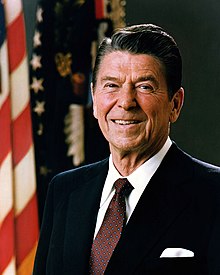Your Legal Resource
Reagan, A Historical Outlook And View 11 September 2001
Ronald Reagan's counterterrorism procedure against Libya laid the basis for the future Global War on Terror.
A long time before al Qaeda would turn into an easily recognized name, the Libyan system of Colonel Muammar Qadhafi remained as the locus of state-supported illegal intimidation during the 1980s. At the point when blocked link messages attached the Libyan tyrant to the besieging in April 1986 of a discotheque in West Berlin that killed an American warrior and injured many others, the Reagan organization dispatched a bombarding strike against fear-based oppressor focuses in Libya, one of only a handful multiple times the United States turned to military power during his administration.
The American besieging of Libya in April 1986, despite the basic portrayal as an oddball abnormality, denoted a fundamental second in the advancement of US counterterrorism methodology. Undoubtedly, it addressed the finish of a months-in length exertion to foster the main sound procedure to battle state-supported illegal intimidation in American history � a huge change in the US government's impression of public and worldwide security. The Reagan organization, with critical contribution from Margaret Thatcher's administration in Britain, set a trend for the utilization of military power against states supporting illegal intimidation. This emergency laid the basis for the discussions over how to stand up to maverick states and psychological oppression that would raise through the 1990s and proceed after 9/11 and into the current day.
The Libya emergency and the connected discussions over how to go up against the issue of state-supported psychological oppression feature the significance of the 1980s to understanding the development of the new worldwide request that supplanted the Cold War world. My continuous exposition research at the University of Virginia means to look at the 1980s as not the last decade of the Cold War world but instead the start of the post-Cold War world. This work will follow the ascent of the worldwide dangers that would come to characterize the 1990s and 2000s � maverick expresses, the multiplication of weapons of mass annihilation, and psychological warfare � as American authorities and their European partners initially started to wrestle with understanding another structure on which to construct Western international strategy after the breakdown of the bipolar Cold War request.
